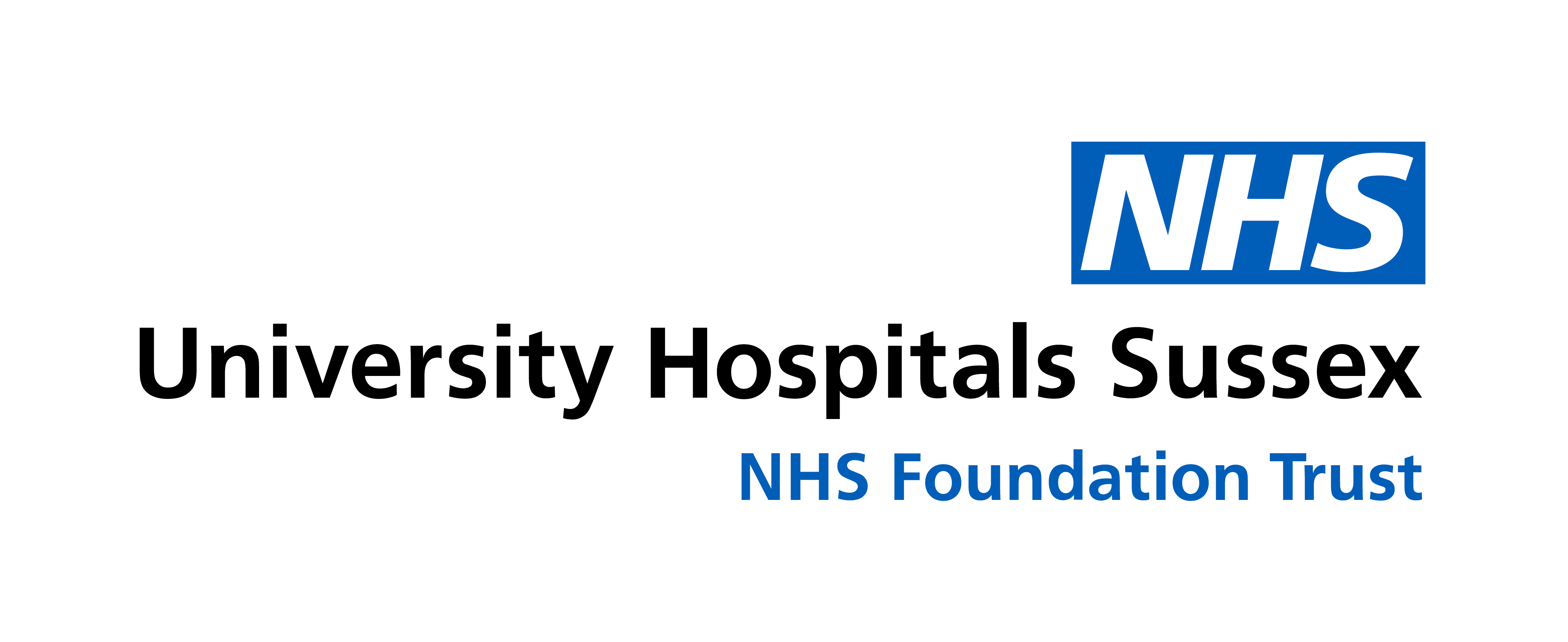Here’s just a selection of the rich resources we offer to support Technology Enhanced Learning (TEL) including innovative teaching and simulation. Explore our full range via our website: https://www.bsuh.nhs.uk/library/
Electronic resources require an NHS OpenAthens password; register here: http://openathens.nice.org.uk/
Books
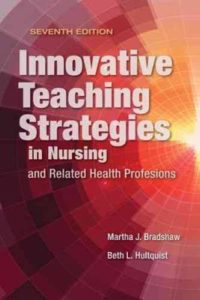
Bradshaw M J. Innovative teaching strategies in nursing and related health professions.
7th ed. 2017
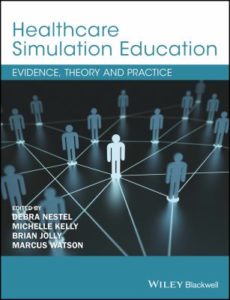
Nestel D. Healthcare simulation education: evidence, theory and practice. 2017
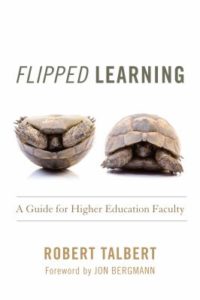
Talbert R. Flipped learning: a guide for higher education faculty. 2017
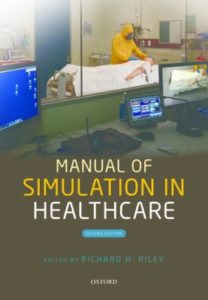
Riley R H. Manual of simulation in healthcare. 2nd ed 2016
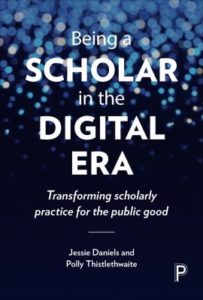
Daniels J. Being a scholar in the digital era: transforming scholarly practice for the public good. 2016

Haythornthwaite C. The SAGE handbook of e-learning research. 2nd ed 2016
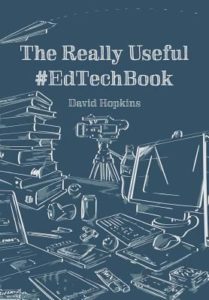
Hopkins D. The really useful #EdTechBook. 2015
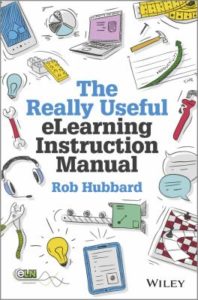
Hubbard R. The really useful elearning instruction manual: your toolkit for putting elearning into practice. 2013
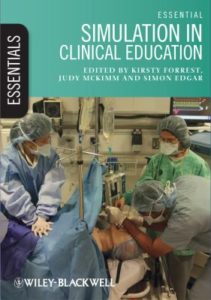
Forrest K. Essential simulation in clinical education. 2013
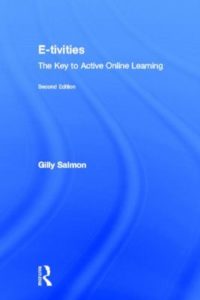
Salmon G. E-tivities: the key to active online learning 2nd ed 2013
Journals
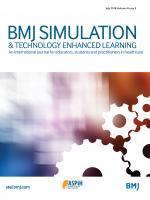
BMJ Simulation and Technology Enhanced Learning
Evidence searches carried out on Technology Enhanced Learning (TEL) including innovative teaching and simulation
We provide evidence to inform patient care, service improvement, research and clinical teaching. Recent searches we’ve provided include:
- Clinical simulation training in obstetrics and maternity
- In-situ simulation
- Students issued with iPads during their training
- The use of podcasts in medical education
- Using case based podcasts and virtual patients to enhance teaching in clinical reasoning
- Using podcasts to enhance teaching in the undergraduate curriculum
- Secure phone/laptop app for clinical assessment
- Development of novice faculty in simulation-based education in healthcare
- Simulation-based training for healthcare assistants
- In situ simulation teaching compared to simulation lab/off site simulation
Web and other resources
iris: online and blended learning
iris is the BSUH e-learning site, which brings together all education and learning in the Trust. It includes a wide range of online and blended courses as well as information on how our learning technologists support the use of technology in classroom teaching. iris is accessible 24/7 from work as well as at home using your BSUH IT login.
Simulation training in the health care sector is now an essential teaching tool grown out of the need to provide safe, realistic and repeated practice for clinical staff. Its evolution over recent years means that it now encompasses a wide spectrum of both delivery methods and modes ranging from high fidelity simulation suites and virtual on line environments to ‘low tech’ clinically based delivery systems that offer training to single or multiple users within or across healthcare disciplines.
BSUH has a dedicated Local Faculty Group (LFG) of Simulation and Human Factors.
Point of care decision support with images. NHS OpenAthens required (BSUH, Brighton and Hove practice and CCG staff, SCFT and SPFT).
Helps NHS staff, students and carers by supporting clinical skills teaching. NHS OpenAthens required (BSUH staff).
The Teacher’s Guide to Tech A User-Friendly Encyclopedia of Technology
The Teacher’s Guide to Tech. Created by Jennifer Gonzalez of Cult of Pedagogy, it’s a 354-page digital binder you’ll use all year: Keep it on your desktop, laptop, tablet — even your phone — to help you navigate the tech world with confidence.
The use of computer and technology assisted strategies to support learning within schools.
Approaches in this area vary widely, but generally involve:
- technology for students, where learners use programmes or applications designed for
problem solving or open-ended learning; or
- technology for teachers, such as interactive whiteboards or learning platforms.
The Learning Scientists GUEST POST: Technology in the Classroom
Here are a few technologies used in the classroom with a discussion of their pros and cons for learning.
Organizing Instruction and Study to Improve Student Learning IES Practice Guide
A 63 page guide produced in September 2007. The recommendations in this practice guide are intended to provide teachers with specific strategies for organizing both instruction and students’ studying of material to facilitate learning and remembering information, and to enable students to use what they have learned in new situations.
International Academy of Education. Principles of Instruction by Barak Rosenshine
This publication was produced in 2010 by the International Academy of Education (IAE), and is about the most effective methods of teaching. It presents ten research-based principles of instruction, and suggestions for classroom practice. These principles come from three sources: (a) research on how our brain acquires and uses new information; (b) research on the classroom practices of those teachers whose students show the highest gains; and (c) findings from studies that taught learning strategies to students.

